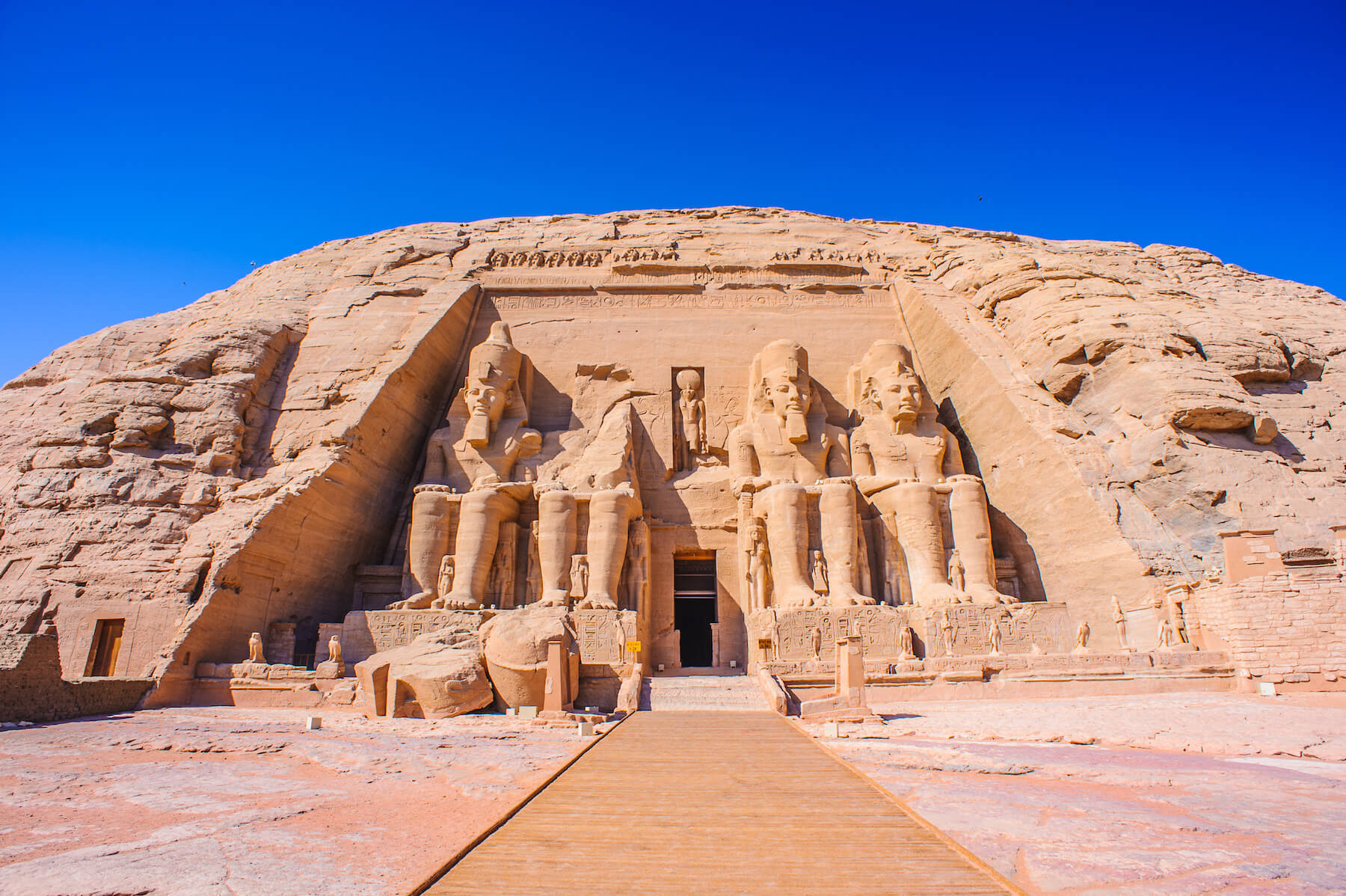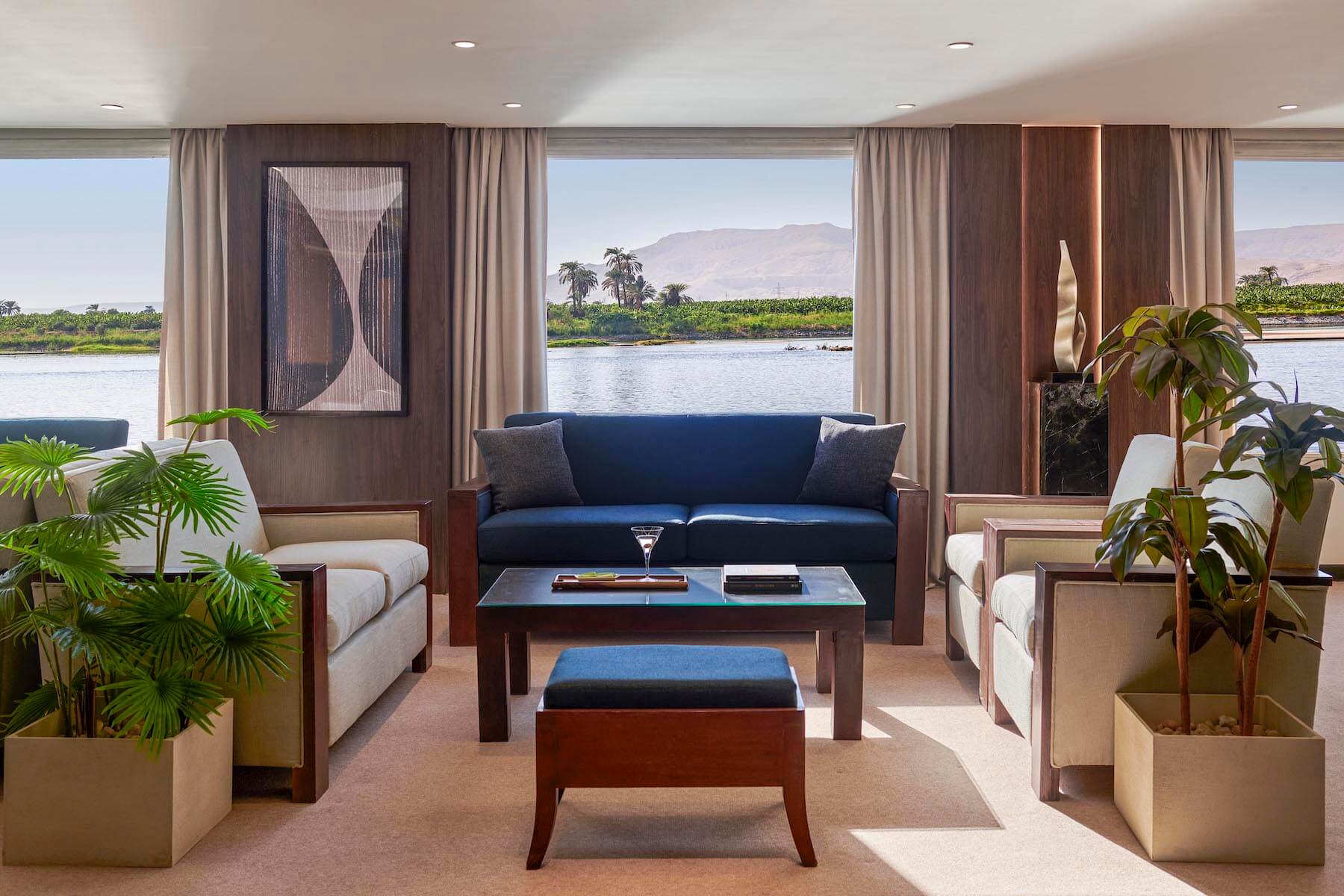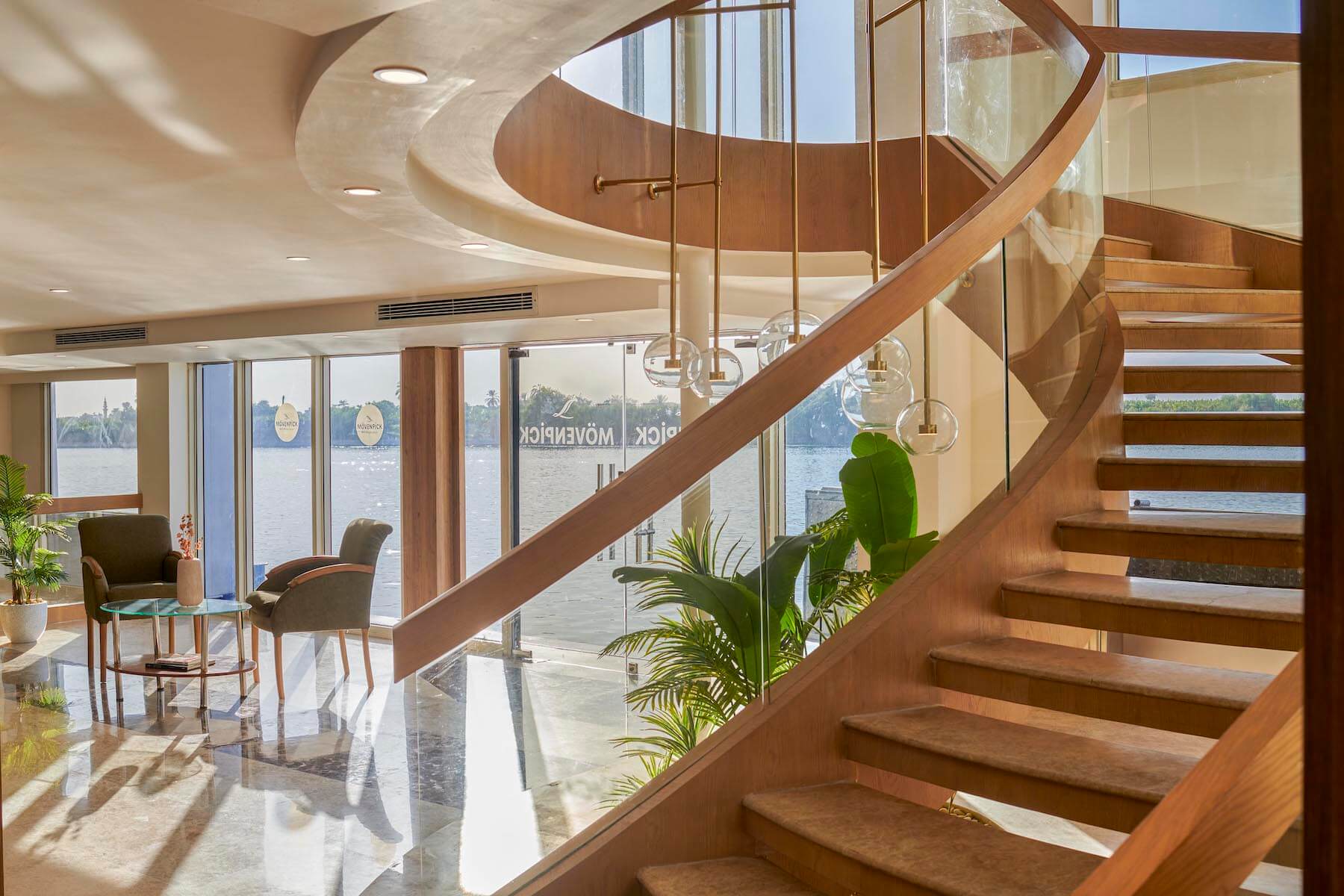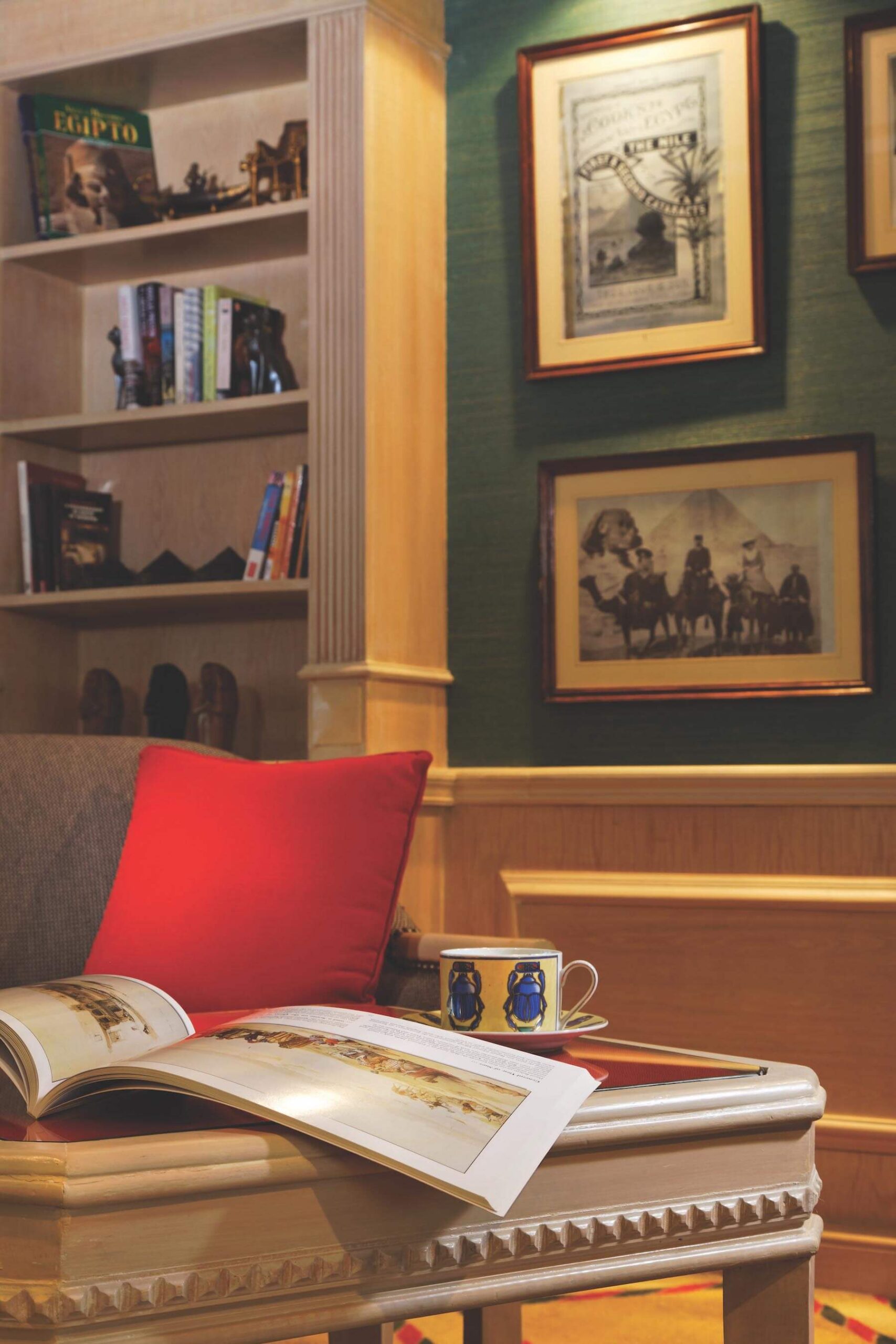Wonders of Ancient Egypt
Explore and discover the richness of southern Egypt
Your journey begins here...
No trip to Egypt is complete without a Nile cruise or Lake Nasser cruise. We would be delighted to have you on board our cruisers.
Birthplace of Civilisation
Herodotus claimed that Egypt is the “Gift of the Nile”. It is on the fertile banks of this mighty river that a few communities created a civilization who’s achievements have stood for 5000 years. Some believe their quest was of immortality and eternity. The monuments that you shall experience leave no doubt to their success.

Luxor Temple
The Luxor Temple is a magnificent pharaonic temple complex in the heart of the old city. Unlike most temples dedicated to specific gods, Luxor Temple was dedicated to the rejuvenation of kingship, serving as the primary place for coronations. A UNESCO World Heritage site, it is linked to the other temple complex of Karnak by the avenue of sphinxes.
Karnak Temple
Karnak is in fact a massive complex of temples, pylons & chapels constructed over 1500 years. Dedicated to the god Amun, it is a vast open area. The Great Hypostyle Hall in the Precinct of Amun-Re has 134 huge columns covering an area of 5000 sqm. A UNESCO World Heritage site, it is a breathtaking site to visit.


Deir El-Bahari
Part of the Theban Necropolis, this mortuary complex is located on the West Bank of the Nile. The mortuary temple of Queen Hatshepsut is the main focal point of the complex. Dedicated to her worship after death, the colonnades and walls depict her life and rule, glorifying one of the most accomplished women of the ancient world.
Valley of the Kings
One of the highlights of the Nile Cruise, the Valley of the Kings was the primary burial grounds for kings and nobles for over 500 years. Cut into the rock earth, these tombs serve as a testament to the greatness of the pharaohs and the care for their immortal souls.


Temple of Edfu
With its awe inspiring pylon entrance, the Temple of Horus in Edfu is one of the best preserved temples in Egypt. The inscriptions on its walls provide important information on language, myth and religion during the Hellenistic period in Egypt.
Horse Drawn Carriage
Immersing oneself in local culture is as rewarding as discovering the ancient history of the people. Riding in a horse drawn carriage from the cruiser to the Temple of Edfu is an experience not to be forgotten.
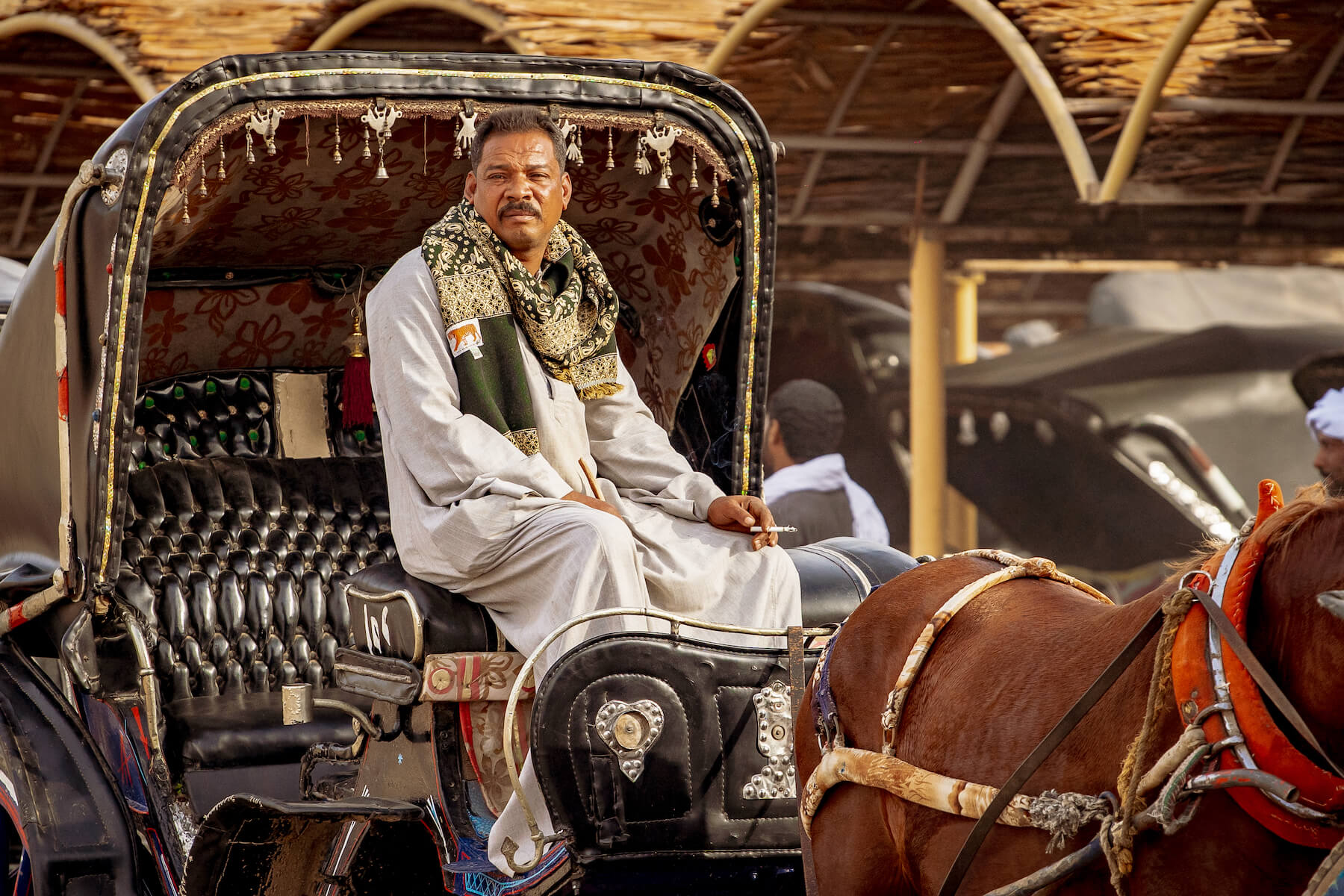
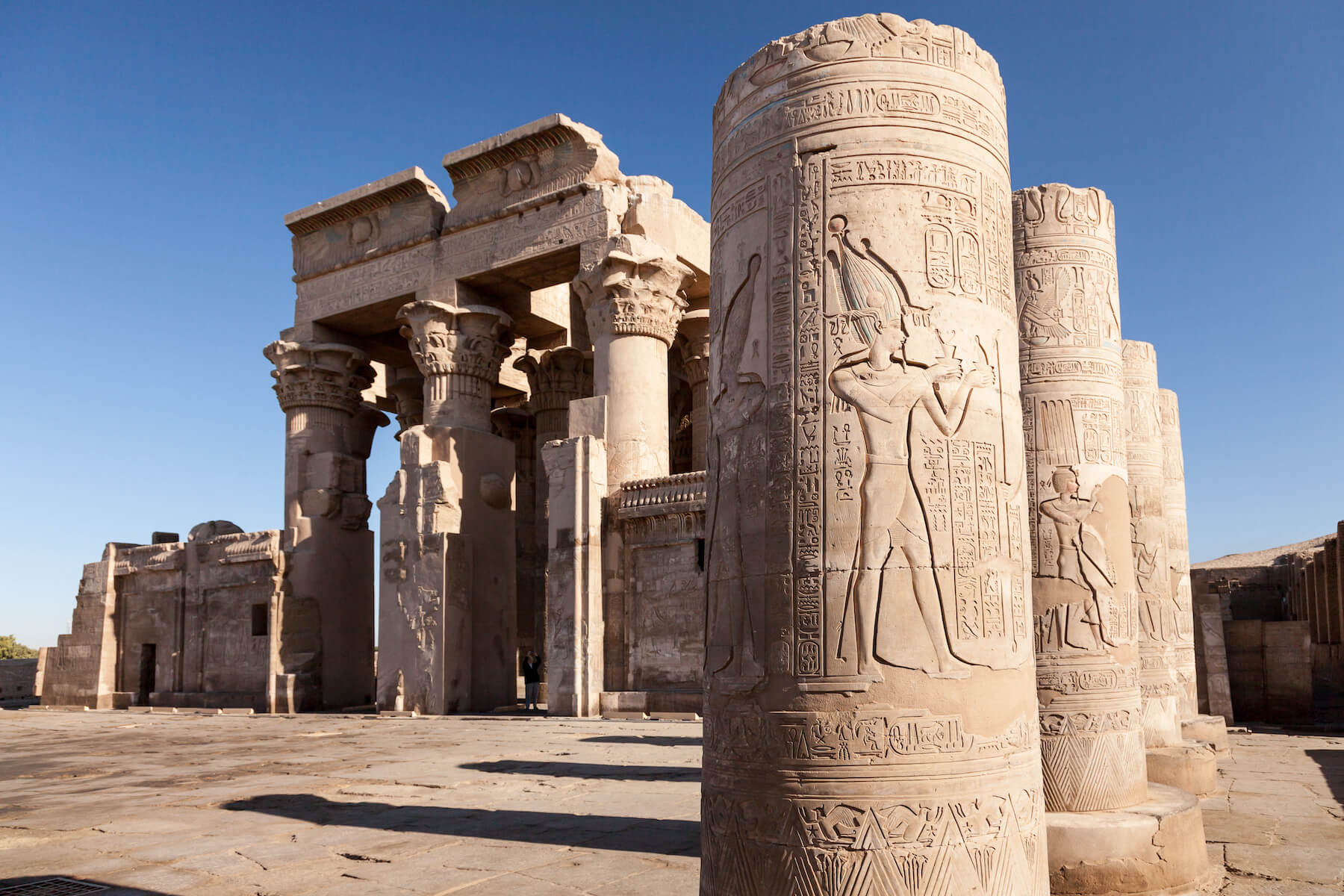
Temple of Kom Ombo
Built in the Ptolemaic period, this majestic temple is unique in that it is dedicated to two gods, Sobek & Hathor. Perfectly symmetrical along it’s main axis, each god had his court, halls & sanctuaries mirrored. During excavations, 300 mummified crocodiles were discovered.
Temple of Philae
One of the most beautifully and culturally diverse temple complexes, the Temple of Philae was rescued by UNESCO in 1970 from the rising waters of Lake Nasser after the construction of the High Dam. Build on an island, the temple served for worship of pharaonic, Greek, Roman and early Christian faiths

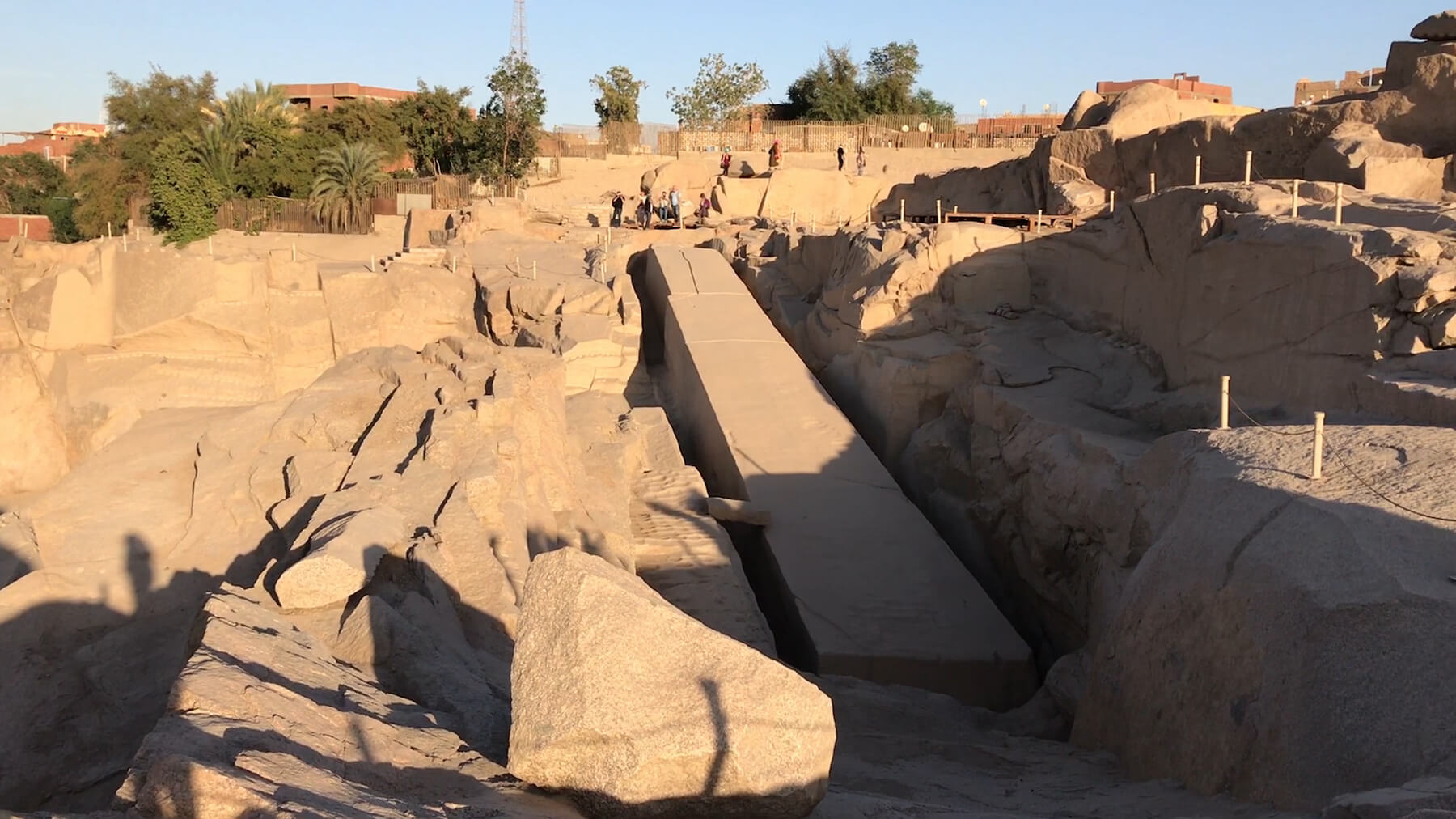
Unfinished Obelisk
This UNESCO World Heritage site is the location where the largest obelisk project was undertaken and abandoned after cracks emerged in the granite. Commission by Queen Hatshepsut, if completed it would have stood 41.75m erect and weighed nearly 1,100 tonnes.
Felluca ride around Kitchner Island
Located in the middle of the Nile in Aswan, the botanical gardens on the island was created by Lord Kitchner, the Consul-General in Egypt in 1911. The beautiful and exotic plants brought mainly from India are a sight to see.
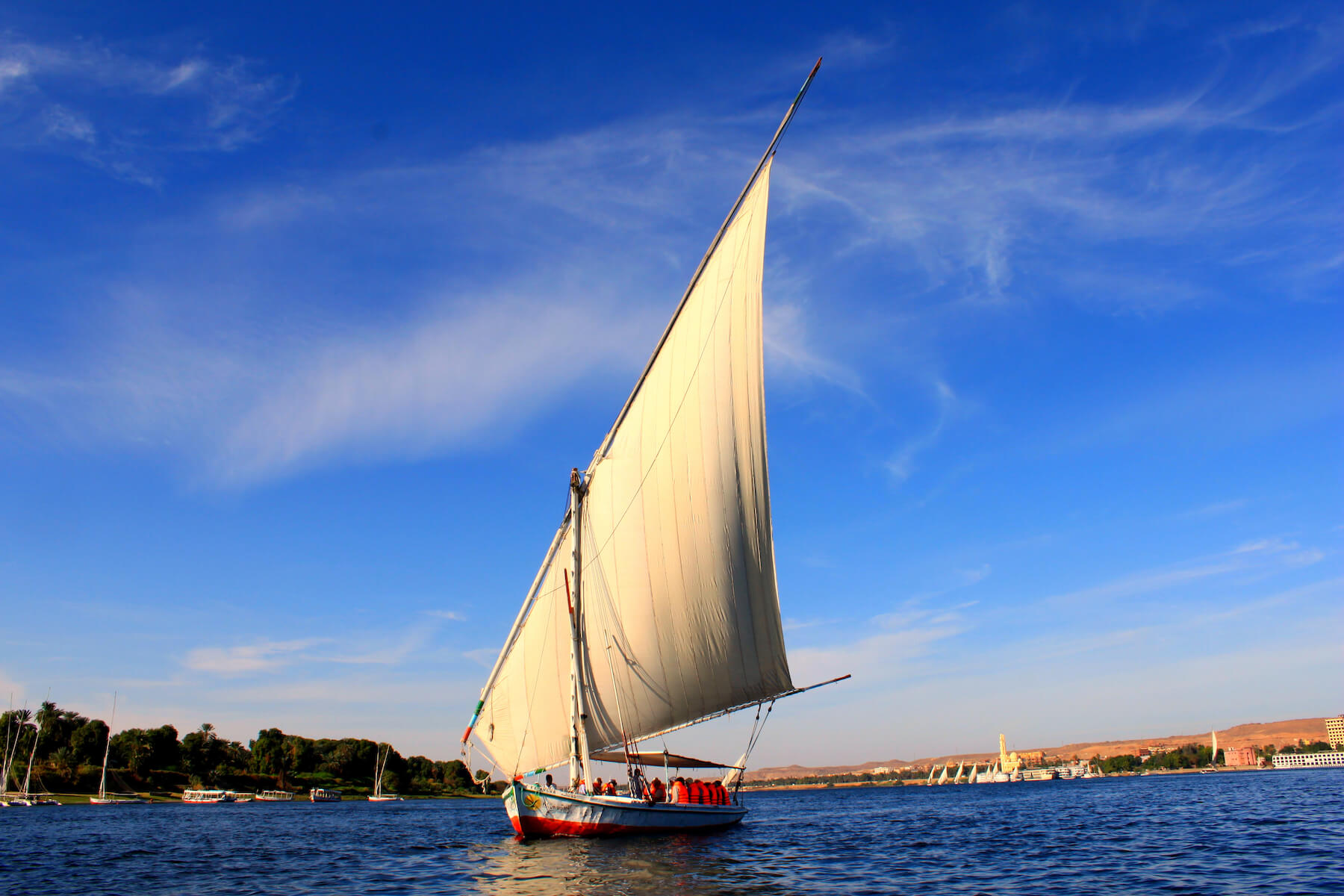
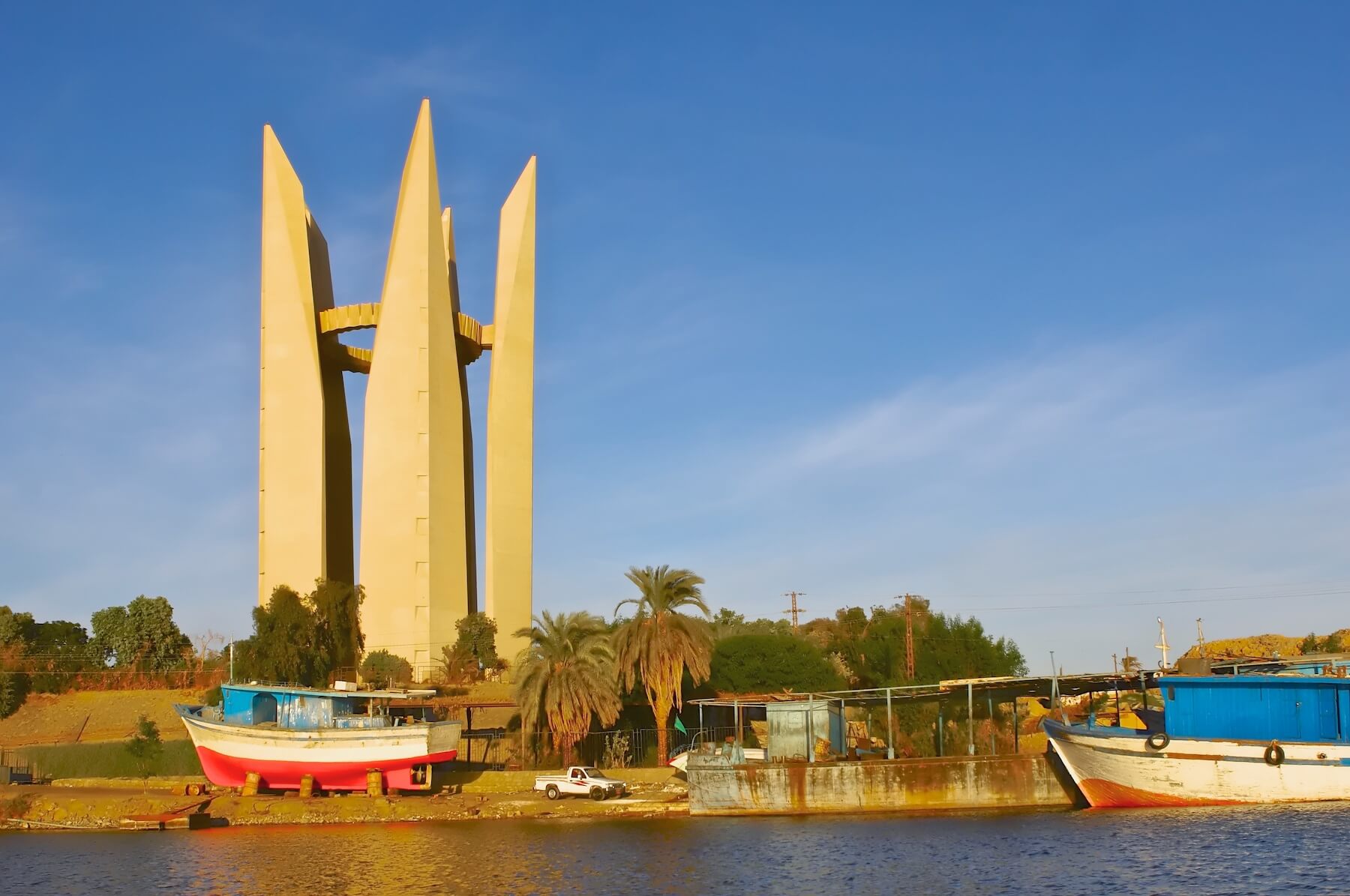
Aswan High Dam
Built in the 1960s, the dam’s main purpose was to control the flooding of the Nile waters and generate electricity. 4,000 meters wide and 111m high, the dam held back the waters of the river and created behind the world’s largest man made lake, Lake Nasser.
Temple of Kalabsha
Rescued by UNESCO from the rising waters of Lake Nasser, this Roman era temple was never finished. Dedicated to a Lower Nubian God, Mandulis, it was eventually used as a church with the Egyptian conversion to Christianity.
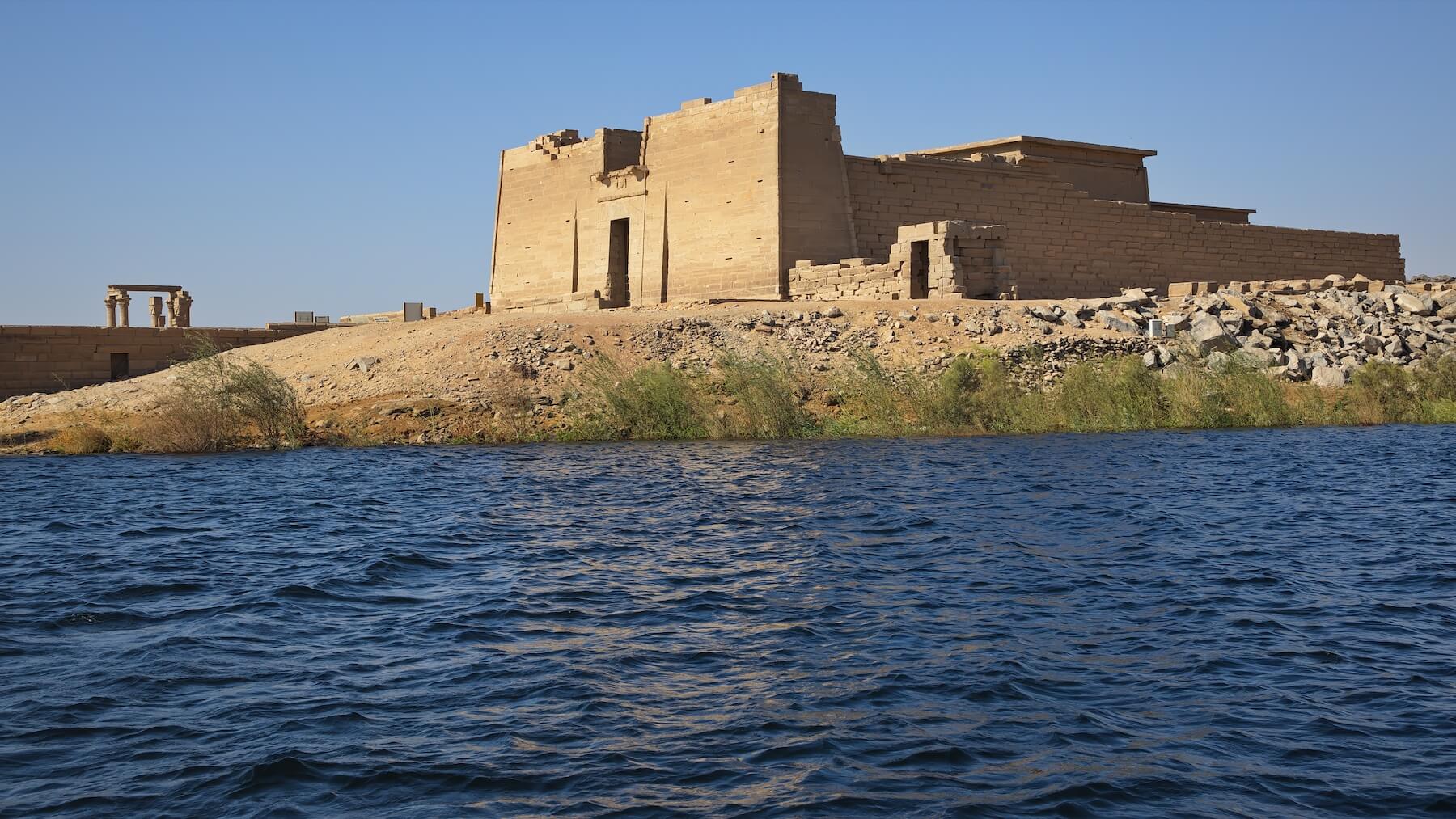

Temples of Wadi el Sebua
Meaning oasis of sphinxes in Arabic, the entrance to the temples are lined with rows of sphinxes to the two temples of Amenhotep III & Ramsis II. Also converted to a church, this temple was saved from the rising waters of Lake Nasser in 1972.
Temple of Amada
The oldest Egyptian temple in Nubia, it was built and expanded over several centuries by various kings. Converted to a church in the middle ages, the temples still shows beautiful pharaonic inscriptions, including details of military campaigns in Asia and Nubia.
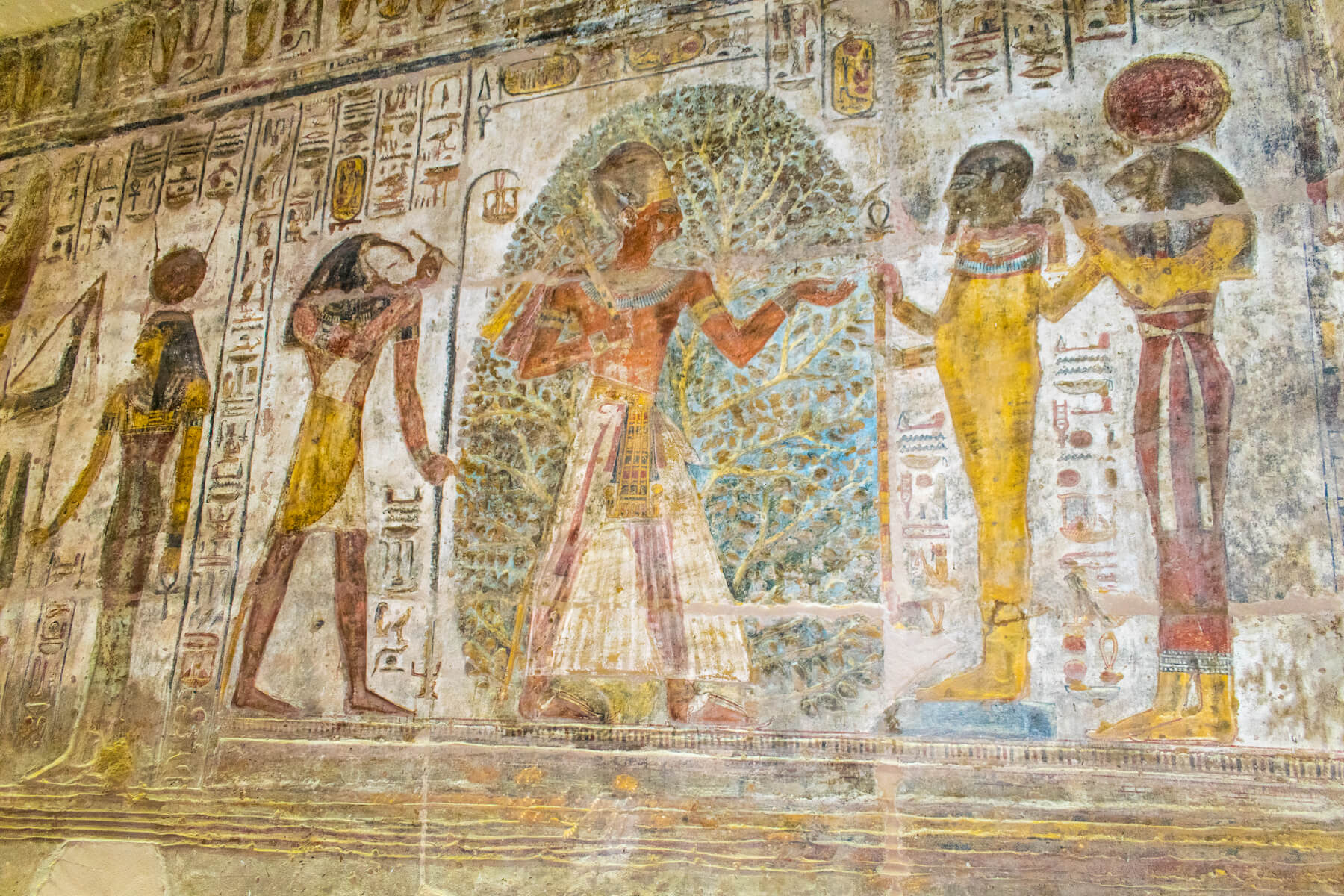
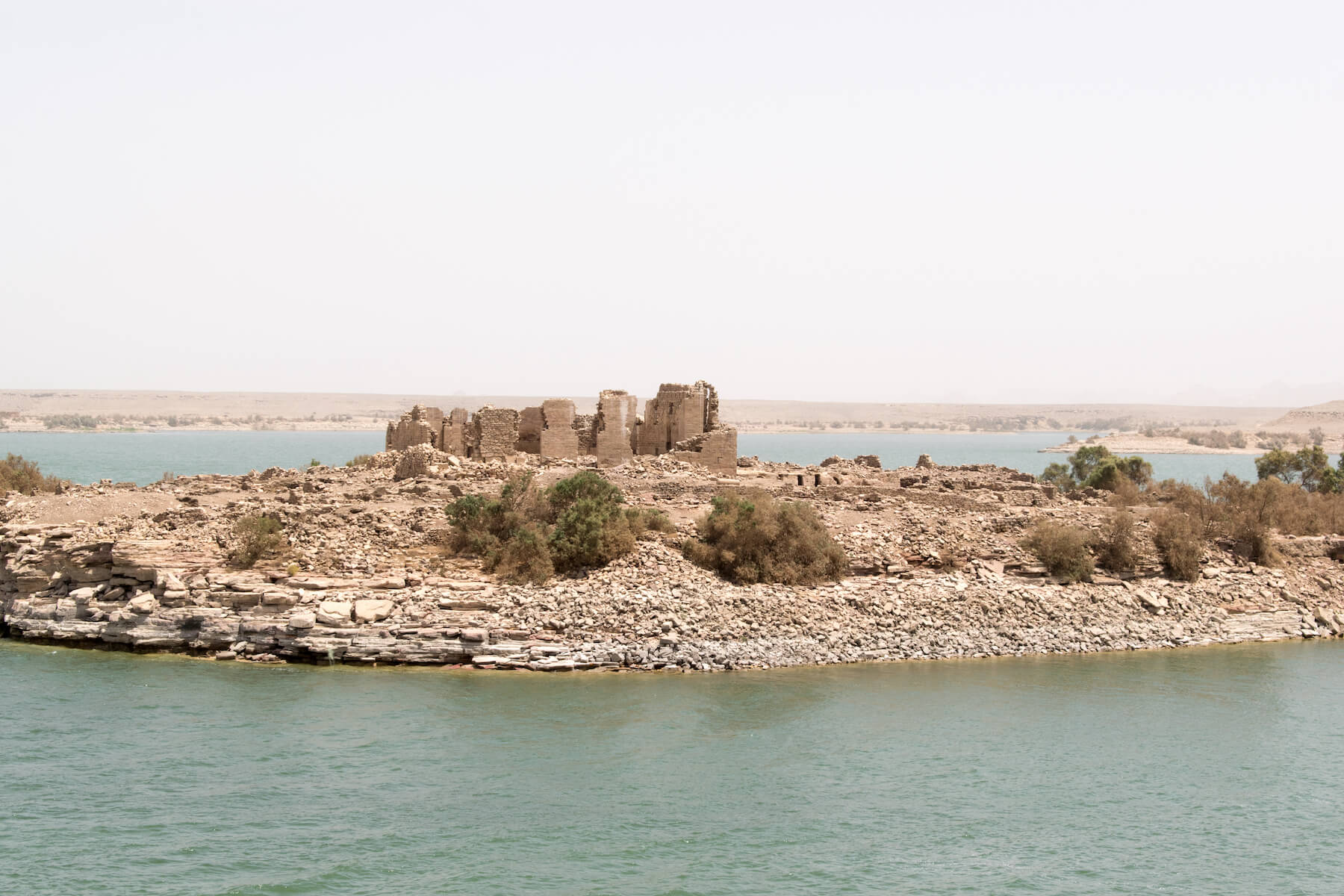
Qasr Ibrim
The only archaeological site to survive the rise of Lake Nasser, the area was once a major political & cultural center of Nubia. Excavations of the site has produced a wealth of organic and equipment artifacts used over the centuries by Nubian, Egyptian, Roman & early Christian civilizations.
Temple of Abu Simbel
Arguably one of the most awe inspiring sites in Egypt, the two temples built by Ramsis II were carved out of the mountain. With monolithic statues at the entrances and beautifully inscribed descriptions of the Battle of Kadesh, this temple has achieved iconic status amongst the world heritage sites.
